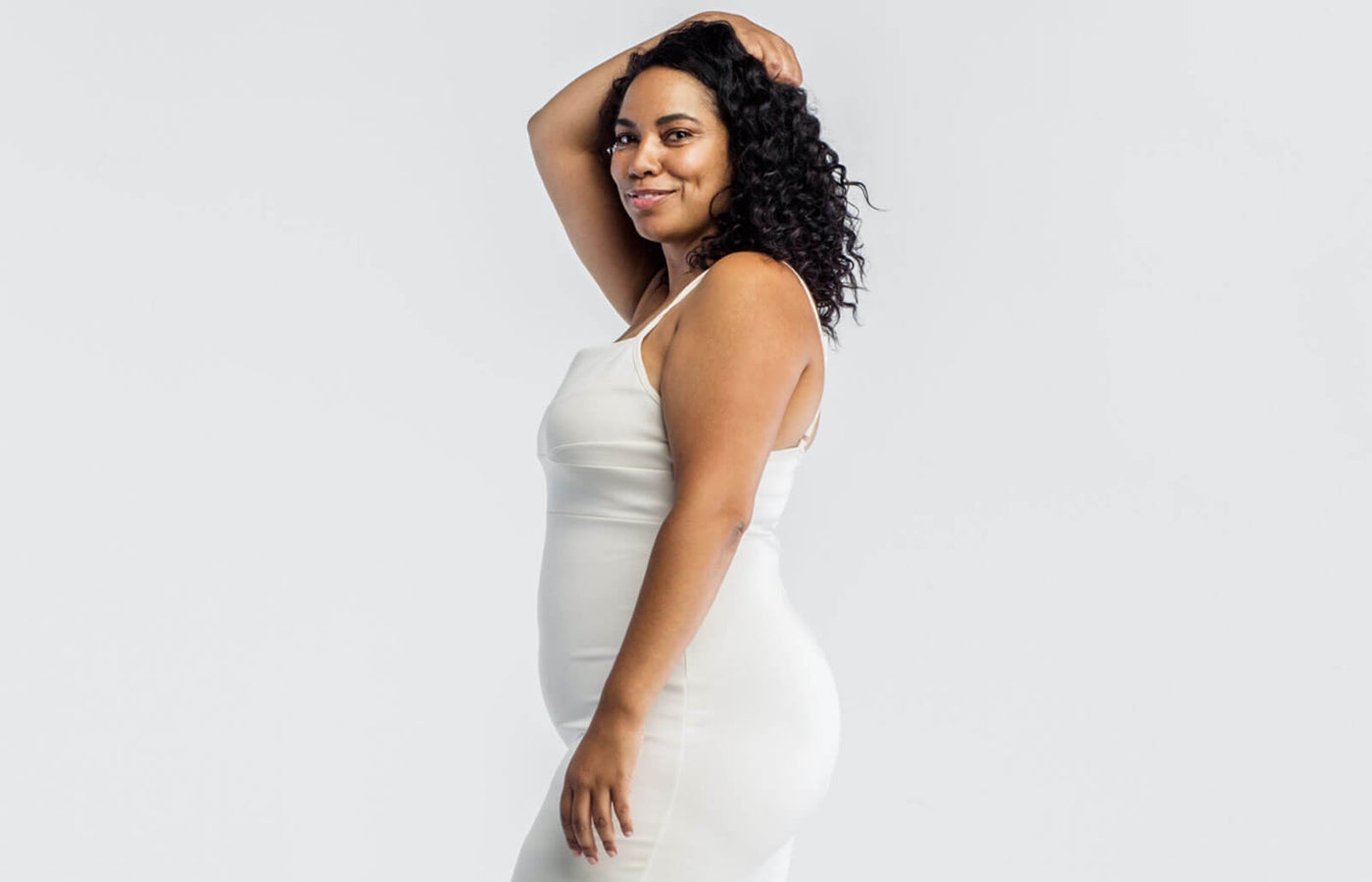MonaLisa Touch: What You Need to Know
Pros & cons
How much it costs
Who's a good candidate
Side effects to consider
What to expect
How long healing takes
How soon you see results
How long results last
Fast facts
The MonaLisa Touch is a fractional CO2 laser that’s used to treat atrophic vaginitis—the thinning, drying, and inflammation of the vaginal walls that often accompanies a drop in estrogen levels after menopause, pregnancy, or other health changes.
A MonaLisa Touch procedure can improve symptoms like vaginal dryness, painful intercourse, and urinary incontinence.
The laser’s heat creates controlled microinjuries in the vaginal tissue, which triggers your body’s natural healing response. Over time, new blood vessels form and increase blood flow, while increased collagen and elastin thicken and rejuvenate the tissue.
Charlotte, North Carolina, urologist Dr. John Hettiarachchi cautions that “Many people have mistaken this treatment as a vaginal tightening treatment. Although patients will notice tightening, due to the changes in the thickness and texture of their vaginal tissue, the goal of this treatment is not to tighten. It is to change the underlying health of the tissue so that women in menopause can ‘feel normal' again.”
Pros
- MonaLisa Touch treatments can increase lubrication, boost blood flow, thicken vaginal tissues, and reduce pain during sexual activity.
- A reduction in urinary incontinence means that many patients are able to stop using bladder medication and urinary pads.
- Among RealSelf members, 94% say it’s “Worth It”—one of the highest Worth It Ratings among similar treatments.
Cons
- This isn’t a one-and-done treatment: most people need three to four sessions, spaced six weeks apart, for optimal results.
- An initial series of MonaLisa Touch treatments can be pricey, and it’s not covered by health insurance.
- Results aren’t permanent; most patients need maintenance treatments every 12 to 18 months.
- It doesn’t work for everyone. Some RealSelf reviewers say they experienced no noticeable improvement in painful intercourse.
RealSelf Tip: Lasers and other energy-based devices have been approved by the U.S. Food & Drug Administration (FDA) to treat abnormal or precancerous cervical or vaginal tissue and warts, but the FDA has not yet approved any of them to treat vaginal health concerns, like vaginal atrophy, urinary incontinence, or reduced sexual function. In 2018, the FDA warned several companies to stop marketing such devices for vaginal rejuvenation. While this is considered an “off-label” use, providers and RealSelf members alike attest to its benefits.
- Average Cost:
- $2,075
- Range:
- $900 - $2,500
The price you pay for MonaLisa Touch will depend on the experience level of your provider, their practice location, and a few other specifics of your treatment.
Good candidates for a MonaLisa Touch procedure are women who are experiencing vaginal dryness or discomfort—including those who are postmenopausal or who have undergone a hysterectomy or ovary removal.
Women who have had breast cancer treatment and can’t take hormonal replacement or estrogen therapy may also benefit from the procedure.
Avoid booking a MonaLisa Touch appointment if you have active sexually transmitted diseases or infections in the area or any vaginal or cervical lesions that haven’t been diagnosed.
If you’re pregnant, are three months postpartum, or have vaginal prolapse, you’ll have to wait until your doctor gives you the green light.
A MonaLisa Touch procedure is considered safe in the hands of an experienced provider who specializes in gynecology or vaginal rejuvenation.
If it’s performed at an incorrect setting, burns are a potential risk, though the device mitigates this.
Lake Bluff, Illinois, OB-GYN Dr. Kelly London explains that “the settings suggested for treatment were predetermined after rigorous clinical trials looking at the histologic changes in the tissue, and the unique stacking [DEKA-Pulse] technology keeps such side effects [as burns] from happening.”
A typical MonaLisa Touch treatment involves 5–10 minutes of active lasering. Here’s what you can expect during your appointment.
- First, your physician or gynecologist will begin with a thorough pelvic exam, to make sure you’re in good gynecologic health and an ideal candidate for the procedure.
- Then they’ll apply numbing cream to the vaginal opening and vulva, where the nerves are more sensitive.
- Once you’re numb, you’ll recline on the exam table with your feet in stirrups as your physician places a sterile "insertion ring" (a circular device that allows the laser handpiece to be inserted and moved without rubbing against your labia) into your vaginal opening.
- Next, the wand-shaped laser delivers energy pulses to specific treatment areas. Patients say it feels like bursts of vibrations.
- The pulses are calculated to a specific depth and width, depending on the areas being treated (usually both the vaginal canal skin and vulva skin). Researchers note that results are more significant when the vaginal opening is treated.
You probably won't need more than a day or two of downtime after this laser treatment.
Your doctor will send you home with a gel ice pack to use if you experience any discomfort.
Some patients have mild vaginal bleeding or cramping for a few hours, while others have external itching for a few days. You may also notice some slight inflammation or swelling.
Avoid baths and hot tubs for the first four days and vaginal sex for a week, to allow yourself time to heal.
Most people need three to four sessions, spaced six weeks apart, for optimal results. The laser settings may be increased during each subsequent visit, depending on your response to the initial treatment.
Some people report feeling a difference within three to four weeks of the initial treatment, including better lubrication and more pleasurable sex, but you’ll have to wait a while longer for the full benefits of new collagen growth.
A study from 2014 concludes that many women feel a significant improvement in quality of life (physically and mentally) by the 12-week follow-up appointment.
MonaLisa touch laser results last for 12 to 18 months.
At that point, you’ll need a follow-up treatment to maintain your results. This is because the low-hormone state and the natural aging process continue affecting the vaginal tissues. Usually, only a booster is required if patients come back when they first start to notice the return of symptoms and don't allow the full effect of the treatment to diminish.
- The diVa system simultaneously delivers two laser beams to the wall of the vaginal canal, to help tighten and increase lubrication in three treatments, spaced four to six weeks apart.
- ThermiVa is another radiofrequency device that stimulates collagen and elastin production as it increases blood flow. Over time, the skin of the external labia becomes less lax, internal tissues tighten, and nerve signaling improves, for enhanced sensation and lubrication.
- Votiva is a radiofrequency tool with two handpieces—the FormaV, for internal treatment, and FractoraV, for external—to speed cell turnover and circulation for improved sensation and lubrication. Doctors recommend three 30-minute treatments, one month apart.
- FemiLift is a fractionated CO2 laser procedure designed to boost vaginal lubrication, improve sensation, and mildly tighten vaginal tissues. Most patients benefit from an initial series of three treatments.
- Geneveve by Viveve uses radiofrequency energy to tighten vaginal tissues, increase moisture, and treat urinary stress incontinence. It can also be applied externally, to improve the appearance of the labia majora. The heat stimulates production of collagen, elastin, and other substances in a single session that lasts less than an hour.
Center for Devices and Radiological Health. “FDA Warns Against Energy-Based Devices to Perform Vaginal Rejuvenation.” U.S. Food and Drug Administration, FDA, 2018.
DEKA. “D-Pulse: The Pulse Created for the MonaLisa Touch.” clinicadepele.com.br, 2012.“Laser Treatment Safe for Vulvovaginal Atrophy?” Medscape, 2 July 2015.
Updated May 24, 2022







